I'm trying to create a density curve in R using a set of random numbers between 1000, and shade the part that is less than or equal to a certain value. There are a lot of solutions out there involving geom_area or geom_ribbon, but they all require a yval, which I don't have (it's just a vector of 1000 numbers). Any ideas on how I could do this?
Two other related questions:
- Is it possible to do the same thing for a cumulative density function (I'm currently using
stat_ecdfto generate one), or shade it at all? - Is there any way to edit
geom_vlineso it will only go up to the height of the density curve, rather than the whole y axis?
Code: (the geom_area is a failed attempt to edit some code I found. If I set ymax manually, I just get a column taking up the whole plot, instead of just the area under the curve)
set.seed(100)
amount_spent <- rnorm(1000,500,150)
amount_spent1<- data.frame(amount_spent)
rand1 <- runif(1,0,1000)
amount_spent1$pdf <- dnorm(amount_spent1$amount_spent)
mean1 <- mean(amount_spent1$amount_spent)
#density/bell curve
ggplot(amount_spent1,aes(amount_spent)) +
geom_density( size=1.05, color="gray64", alpha=.5, fill="gray77") +
geom_vline(xintercept=mean1, alpha=.7, linetype="dashed", size=1.1, color="cadetblue4")+
geom_vline(xintercept=rand1, alpha=.7, linetype="dashed",size=1.1, color="red3")+
geom_area(mapping=aes(ifelse(amount_spent1$amount_spent > rand1,amount_spent1$amount_spent,0)), ymin=0, ymax=.03,fill="red",alpha=.3)+
ylab("")+
xlab("Amount spent on lobbying (in Millions USD)")+
scale_x_continuous(breaks=seq(0,1000,100))
